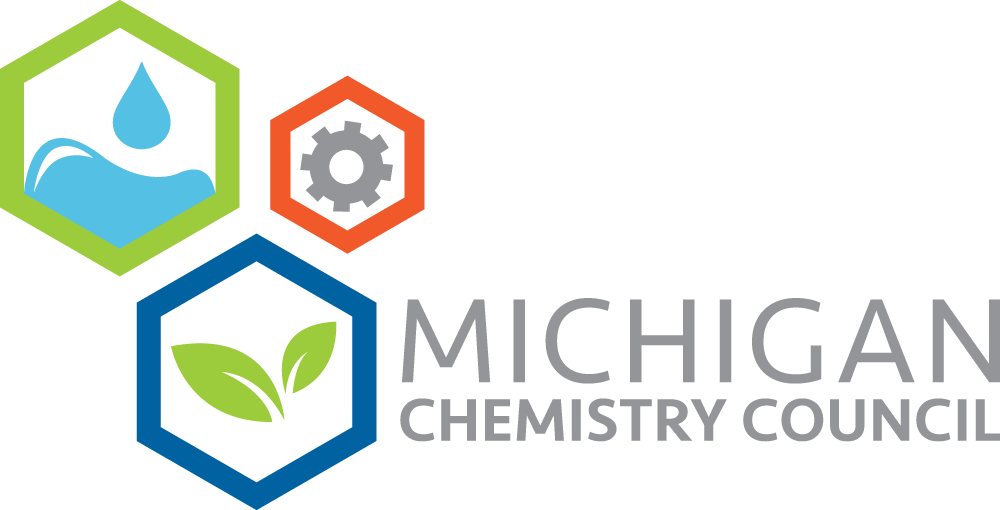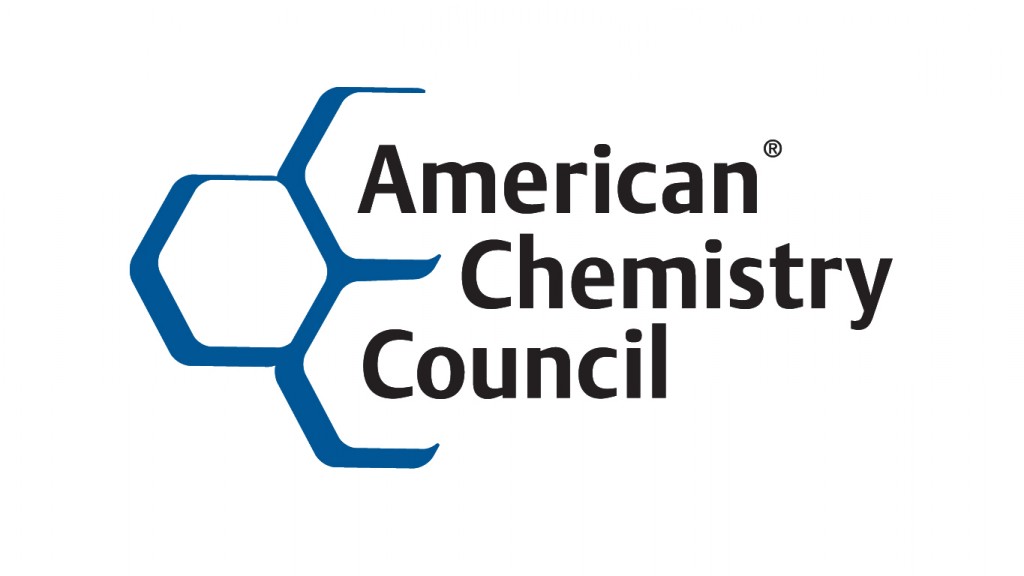
Download the feature here
About Hemlock Semiconductor Operations
Number of Michigan employees
Around 1,200 on-site workers.
What are some of the products that your chemistry enables?
HSC’s hyper-pure polysilicon is a critical component in solar cells and semiconductors and the building block for all manufactured electronic devices, such as computers, smartphones and Artificial Intelligence (AI).
What is something interesting or unique about the site or its history?
When HSC first started production in 1961, the process was highly sensitive to vibrations from trains or high traffic. HSC was built in a quiet location on farmland near Hemlock to help maintain safety and the highest quality product.
What are some notable community involvement or support initiatives? (ie, STEM outreach, first responder training, Habitat for Humanity, etc.)
HSC puts a strong focus on supporting youth programs and STEM education in the Great Lakes Bay Region. To ensure the next generation in our communities has the support it needs, HSC has invested in the Lockwood STEM center, the new home for STEM after-school programs such as FIRST Robotics for five local school districts.
HSC also supports community organizations through its Community and Regional Empowerment (CARE) grants program. Local projects, programs and units of government submit applications for the grant through their local community foundation, and grants are chosen based on alignment with HSC’s goal to make the Great Lakes Bay Region a better place to live and work.
HSC also sponsors training for local fire departments each year with its Fire Training Grants. These scholarships cover the cost of Michigan Firefighter I&II training for fire departments in Saginaw, Bay, Midland and Gratiot counties. In addition to sponsoring firefighter training, HSC also welcomes first responders for days of live fire safety training on its site.
Feature Questions
What are some innovations the company has made to improve performance, safety, etc?
In 2017, HSC purchased a data analytics platform – a significant investment that seemed like a huge financial risk at the time. This gave HSC the tools to visualize how it was using energy and to turn its engineers and operators loose to look for ways to reduce energy consumption.
For example, instead of energizing reactors and raw materials with electricity to create polysilicon rods in the afternoon, when power demand is high, HSC now runs more of the process in the evenings and on weekends. This also has allowed Consumers Energy to reduce its peak demand reserves, lessening its costs, reducing variability on the electrical grid, and creating fewer emissions that drive climate change.
How has the company worked to improve its sustainability performance?
To get a better understanding of where HSC has excelled, where it can continue to improve, and where it needs to put increased focus to build a more just and sustainable society, HSC analyzed its practices and produced its first Sustainability Report this past year.
The 2020 Sustainability Report focuses on key steps in HSC’s ongoing efforts to make its business operations more sustainable. Much of this report focuses on the efforts HSC has made to reduce “embodied carbon” across the solar supply chain. Through ongoing investments in energy efficiencies which are detailed in the report, HSC has reduced its greenhouse gas (GHG) intensity by 5% in the past 5 years.
What are some future goals in this area?
HSC continues to work with its suppliers and customers to remove supply chain carbon emissions. In addition, HSC Sustainability Leader Steven Holty serves on Governor Gretchen Whitmer’s Council on Climate Solutions, where he co-chairs the Energy Intensive Industries Workgroup, helping Michigan industries find ways to decrease their carbon footprint.
How has the company or site worked to develop and elevate new and diverse talent?
We recognize we have a way to go in creating a more diverse and inclusive organization – in 2020 we created a new role to focus our efforts in this area and hired our first Diversity & Community Liaison. Over the past three years, we have increased our hires of women and non-white males into professional and technical roles and worked more closely with university Diversity and Inclusion departments to reach diverse student populations. Our culture is very focused on learning and development, and we have formed groups such as the Women’s Technical Network that provides an environment where our female technical professionals share experiences and develop their capabilities and potential as leaders within HSC.
Is there anything else you would like others to know about your company?
Hemlock is the only American company creating the foundational material for the electronic (semiconductor) and solar industries that are critical to the ever-connected and clean energy economy of the future. Hemlock manufactures its polysilicon using cleaner, renewables-rich electricity, closed loop manufacturing and energy efficient operations, ultimately leading to a significant reduction in embodied carbon.
Generations of families come to work at Hemlock’s plant because of quality, high-wage jobs, career growth opportunities and shared values among the team.
Individual Member Feature
Andy Ault
Senior Vice President, Manufacturing
- Board President - Midland County Food Pantry Network
- Board of Directors - Saginaw Community Foundation
- Support for creation of Lockwood STEM center
- 31 years of chemical industry experience including contributions to major expansions in Kentucky, Michigan, China and Wales.
What led you to your current career field?
My father was a chemical engineer at Dow Chemical so I grew up in Midland and was a high school co-op student at Dow Chemical. I had lots of experience knowing what chemical engineers did and it appealed to me.
What job would you have if you weren’t doing this?
I love what I do, but if I had to pick something else, it would probably be sports management. My son just graduated from college and is getting into the field. I’d really enjoy being a team general manager.
What do you like most about living in Michigan or your community?
You have everything here in the Great Lakes Bay Region – arts, culture, sports, plenty of outdoor activities. And there’s no traffic! There’s a great mix of different kinds of towns and communities. You have a lot of the things you can get in a bigger city without being in a big city.
How do you think your job will be most different in 10 years?
Well, some things won’t change: The need to drive company culture, motivate people, stress safety and keep innovating will definitely stay the same. But 10 years down the road I think we’ll be even more reliant on data – collecting it and using data analytics to push us toward more artificial intelligence-based processes. We’ll be optimizing everything on a digital platform and then immediately applying it to the physical plant.
Why do you work with industry groups like the MCC?
I really enjoy developing networks with people who face similar challenges, learning from others’ experiences, and sharing best practices. It’s good to have an organization that advocates for the chemical industry.

